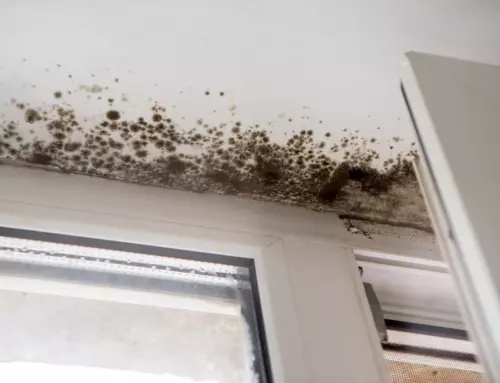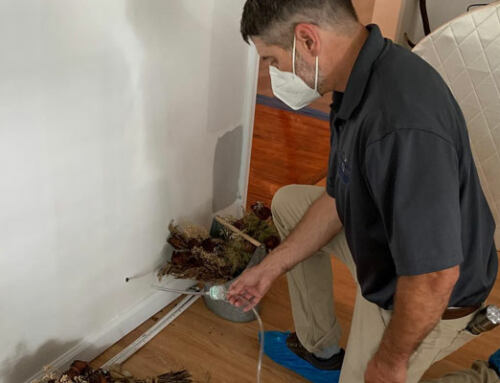According to the Centers for Disease Control nearly 25 million people in the U.S. have asthma and approximately 7 million of those are children under 18 years old.
 Asthma is essentially inflammation of the airways. The inflammation makes the airways swollen and sensitive. When triggered, the muscles around the airways tighten, which narrows the airways causing less air flow into the lungs. Swelling can worsen, making the airways narrower. Excessive mucus can be generated in the airways, which can further narrow the airways.
Asthma is essentially inflammation of the airways. The inflammation makes the airways swollen and sensitive. When triggered, the muscles around the airways tighten, which narrows the airways causing less air flow into the lungs. Swelling can worsen, making the airways narrower. Excessive mucus can be generated in the airways, which can further narrow the airways.
There are some common environmental triggers that may cause asthma to flare:
- Allergens from dust, mites, animal fur, cockroaches, mold, pollens, grasses, flowers
- Irritants like cigarette smoke, incense smoke, chemicals in fabric sprays, air fresheners, detergents, “plug-in” type deodorizers, chemicals in the workplace, air-pollution.
10 Steps to Help Reduce Asthma Triggers:
- NO SMOKING ALLOWED – Quit smoking! Do not allow smoking in the home or car.
- KEEP IT CLEAN – Reduce household dust build-up by regularly dusting with damp dust cloths and vacuuming carpeting and furniture.
- THINK BEFORE GETTING A PET – Skin cells, fur, urine, and saliva from pets can all trigger asthma.
- CONTROL MITES – Cover mattresses and pillows with allergen impermeable covers. Control humidity (keep at or below 50% RH). Wash sheets, pillow cases, blankets in hot water at least once a week.
- KEEP THE ROACHES OUT – Clean up food messes and spills. Do not leave food or garbage out.
- MOISTURE CONTROL – Controlling moisture will reduce the possibility of mold growth, cockroaches, and dust mites. If you have a leak or water intrusion, get it dry as quickly as possible. Use exhaust fans or open windows when showering and cooking. Keep indoor humidity levels below 50% at all times (even when not home).
- PEST CONTROL – Use baits or traps instead of pesticide sprays. If you must use pesticide sprays, make sure that asthma sufferers are kept away from those areas for several hours and circulate fresh air into those rooms.
- REMOVE DEODORIZERS – Get rid of those plug-in deodorizers. Stop using fabric sprays, “air fresheners”, potpourris, and scented candles.
- CHECK THE AQI – Look for the Air Quality Index (AQI) report on your local weather forecasts or check for the AQI online. When AQI reports are high, limit outdoor activities.
- DOCTOR’S PLAN – Have your doctor or health care provider develop a written asthma management plan.
If you would like information about having an indoor air quality assessment conducted in your home, please contact NoVA Environmental Solutions or fill out the form below:






